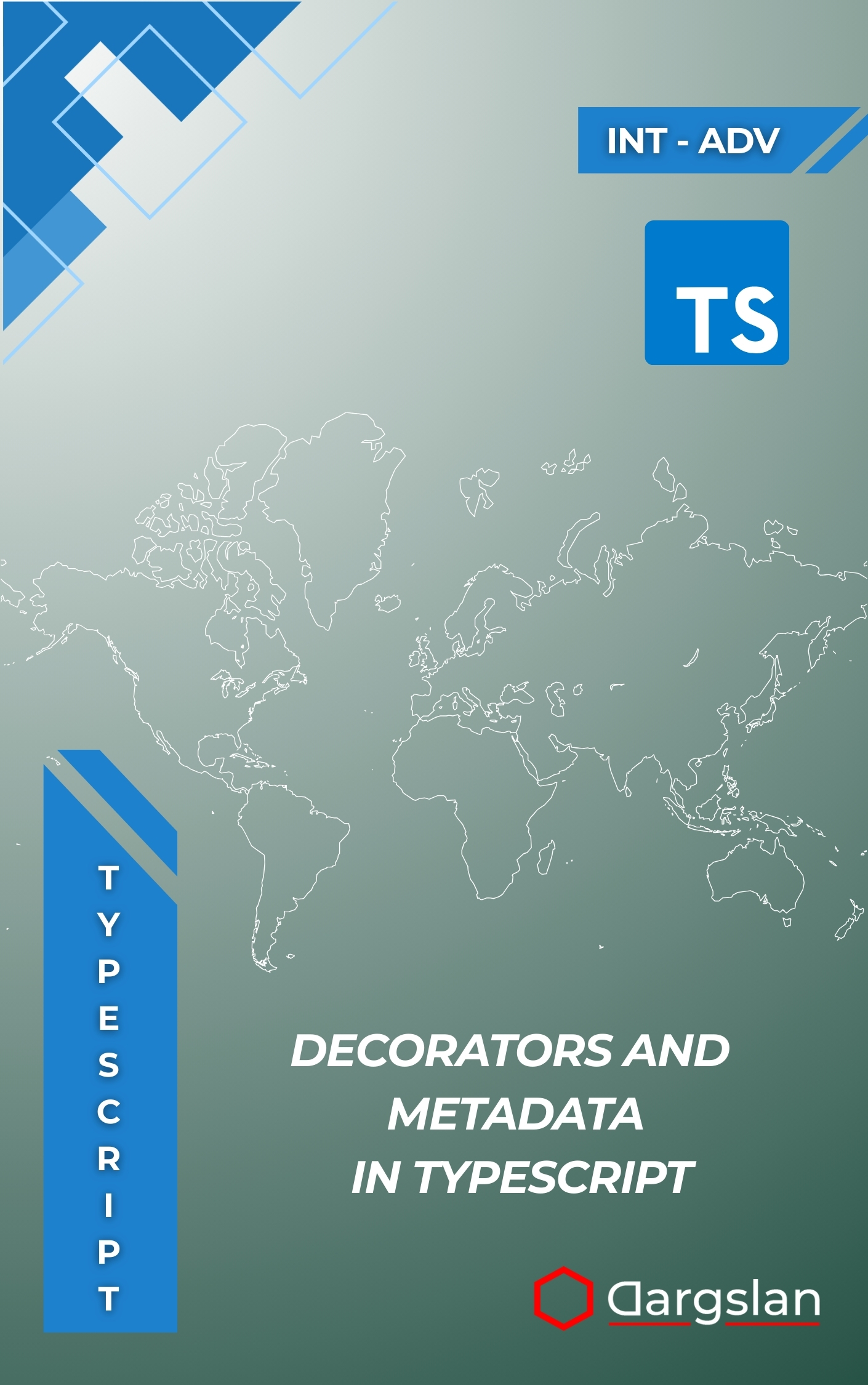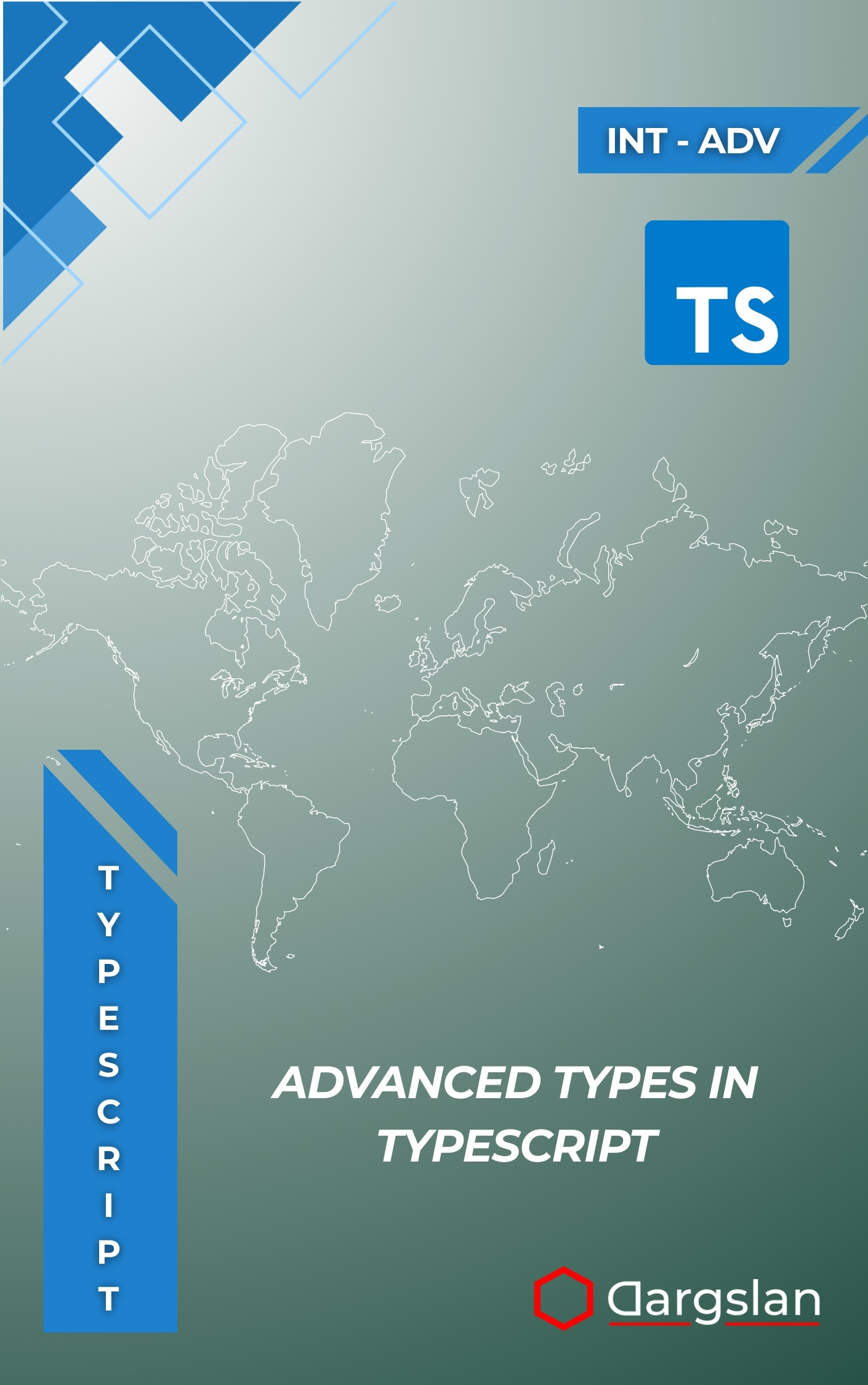Working with Interfaces and Classes in TypeScript
Interfaces and Classes in TypeScript,Build structured TypeScript projects using interfaces and object-oriented design.

Ship faster and with confidence by mastering the features that make TypeScript scale. This expert guide shows you how to model intent, enforce contracts, and design resilient architectures using interfaces and classes.
Master Object-Oriented and Structural Typing for Scalable TypeScript Projects
Overview
Working with Interfaces and Classes in TypeScript is the definitive programming guide for engineers who want to move from ad hoc code to resilient systems. As a technical book centered on Master Object-Oriented and Structural Typing for Scalable TypeScript Projects, it covers TypeScript interfaces, class implementation, object-oriented programming, and structural typing with exceptional clarity. You’ll learn interface extension, inheritance patterns, access modifiers, static methods, design patterns, dependency injection, generic programming, and the techniques that elevate type safety, enterprise architecture, code maintainability, and scalable application design. Whether you’re evaluating an IT book for your team or seeking a hands-on reference for your own toolkit, this resource distills complex concepts into practical steps you can apply immediately.
Who This Book Is For
- Front-end and full‑stack developers who want to design stable contracts and clean APIs, using interfaces to reduce bugs and streamline refactors across rapidly evolving codebases.
- Backend and platform engineers seeking clear patterns for class implementation, access modifiers, and inheritance patterns to model business domains and enforce invariants at compile time.
- Tech leads, architects, and senior engineers ready to scale teams and systems with structural typing, dependency injection, and design patterns that keep complexity in check—start shaping architecture, not just code.
Key Lessons and Takeaways
- Design robust contracts with interfaces that capture intent, support interface extension, and enable safe refactoring across services and packages.
- Use classes strategically—master access modifiers, static methods, composition over inheritance, and practical inheritance patterns to implement business logic without leaky abstractions.
- Apply advanced typing and architecture: combine generic programming with dependency injection for testability, integrate structural typing for flexibility, and enforce type safety across modular, scalable application design.
Why You’ll Love This Book
This guide is refreshingly practical, focusing on how professionals build and scale real applications. You get step‑by‑step explanations, annotated examples from enterprise contexts, and decision frameworks for choosing interfaces, classes, or type aliases in nuanced scenarios. Each chapter prioritizes clarity and action, turning complex topics like mixins, conditional types, and encapsulation into patterns you can trust in production.
How to Get the Most Out of It
- Follow the progression from interface fundamentals to advanced class design, then into generics and architectural patterns—each section builds on the last so you can cement skills before moving on.
- Apply concepts immediately: refactor a service to interface-first design, introduce dependency injection for test isolation, and enforce access modifiers to protect invariants.
- Complete mini‑projects: create a plugin system with mixins and structural typing; implement a generic repository with type-safe queries; model a domain with interface extension and targeted class implementation.
Deep Dives That Pay Off on Day One
Discover why structural typing unlocks team velocity by letting you evolve shapes without breaking callers. Learn when abstract classes beat interfaces for shared behavior, and when composition keeps you flexible. Explore static methods for factory patterns, enforce encapsulation with private and protected members, and build interfaces that make dependency injection natural and test-friendly.
Real-World Patterns and Anti‑Patterns
See how to replace brittle inheritance stacks with deliberate composition and clear interfaces. Avoid common pitfalls like overusing type aliases for contracts, leaking implementation details through public API, and generic types that balloon into unmaintainable complexity. Each example is anchored to business use cases—data access, domain services, and integration boundaries—so you can map lessons directly to your codebase.
From Code to Architecture
Beyond syntax, you’ll learn how object-oriented programming and structural typing complement each other in modern TypeScript systems. The guidance spans microservice boundaries, monorepo structures, and package interfaces, equipping you to balance compile-time safety with runtime flexibility. The result is a pragmatic approach to enterprise architecture that scales with your team and product.
Tooling, Testing, and Team Practices
Adopt team-friendly patterns: interface-first public APIs, well-encapsulated classes, and generic utilities that eliminate duplication. Integrate these patterns with testing strategies that leverage dependency injection and mocks that honor your contracts. With checklists and quick references, you’ll institutionalize practices that prevent regressions and accelerate onboarding.
Common Questions Answered
When should you favor an interface over a class? How do you introduce generics without overcomplicating your API? What’s the cleanest way to model capabilities without deep inheritance? You’ll get concise, actionable answers backed by examples and clear tradeoffs.
Business Impact You Can Measure
Expect fewer runtime bugs, cleaner refactors, and faster feature delivery. By leaning on type safety and disciplined design patterns, your team spends less time firefighting and more time shipping value. The payoff is visible in code maintainability, knowledge transfer, and long-term scalability.
What You’ll Implement by the End
A cohesive interface layer for services and modules, class hierarchies that encode domain rules, and reusable generic utilities that keep your code DRY and expressive. You’ll have a repeatable approach to scalable application design that balances clarity with flexibility. Most importantly, you’ll know how to choose the right tool—interface, class, type alias, or mixin—at the right time.
Get Your Copy
Make your next refactor safer, your APIs clearer, and your architecture more resilient. If you’re serious about building maintainable, production-grade TypeScript, this is the guide you’ll return to again and again.




